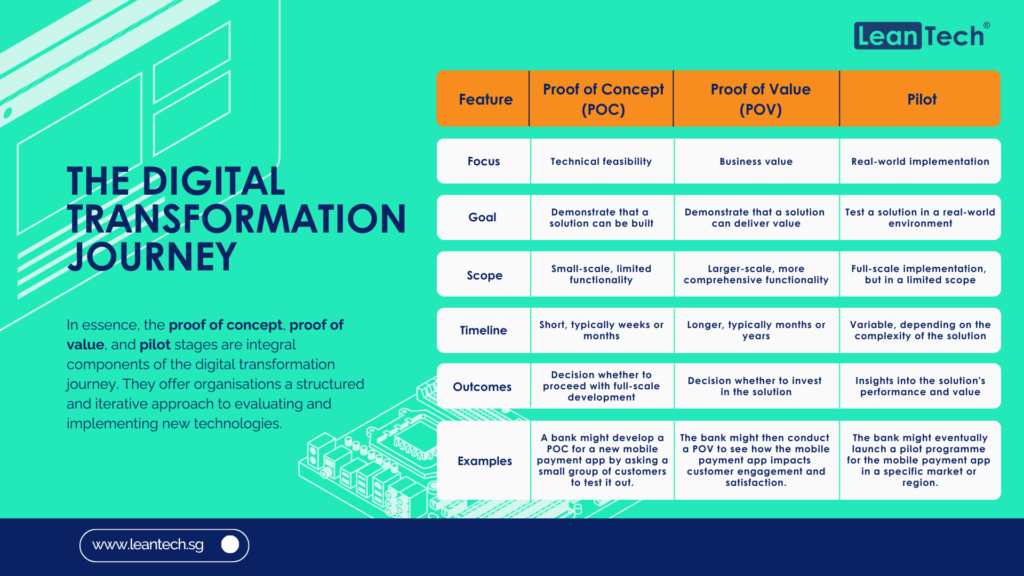In today’s world, technology has become an indispensable part of our lives. With advancements in AI, there’s a new tool in town that can write code and tell stories – ChatGPT by OpenAI. While this tool has the potential to revolutionize certain fields like copywriting, customer service, news reporting, and legal documentation, it also poses a threat to the job market. But before we jump to conclusions, let’s not forget that AI isn’t all about taking over human jobs. It also has the power to create new jobs and organizations, and that’s something we need to be open to.
This graph shows the percentage of AI adoption across different industries till 2021. It’s interesting to note that product development and service operations have the highest AI adoption rates, which may indicate the importance of automation in these fields. On the other hand, the lowest adoption rates are observed in strategy and corporate finance, which suggests the need for greater awareness and investment in AI for these areas.

Navigating the Human Cost: Adapting to Technological Progress
The real question we should be asking is how we can adapt to this change. Nobel prize winner Daniel Kahneman, an expert in human judgment, says that AI may have flaws, but so does human reasoning. In fact, he goes as far as to say that AI is going to win, and it’s up to us to figure out how we can adjust to this new reality.
And that’s where the concept of system solutions comes into play. To fully engage the working population, we must redesign our economic systems, and simply shifting tasks between people and machines won’t accomplish this. We need to disrupt old ways of doing things and generate new workflows, which is precisely what our new book, Power and Prediction: The Disruptive Economics of Artificial Intelligence, explores.
Disruptive Economics: Redesigning Systems for the AI Era
Maps have evolved with AI providing directions. They considers road closures, traffic, and driver preferences. They also provides efficient and effective routes.
But Uber and Lyft revolutionized the game by using these same tools to create an entirely new system of ride-hailing. They realized that with reliable driving directions and mobile devices, anyone could become a ride-hail driver. The number of people who could match the skill of professional drivers multiplied by several times, and the ride-hail industry expanded to accommodate them. Today, there are over 3.5 million Uber drivers alone in the U.S. – a staggering ten times more than the number of professional taxi and limo drivers just five years ago.
However, to integrate this much larger workforce, the entire system needed to change. Security, location tracking, pricing, dispatch, and a wide variety of other areas needed further innovation to accommodate this massive shift. Similarly, new generative language models may soon take over the task of writing out ideas in easy-to-read, grammatically correct paragraphs. This technology has the potential to upskill millions of people, enabling them to write well. But for those of us who rely on our ability to parse the rules of English grammar and rhetoric, this competition may pose a significant challenge.
Unleashing Creativity: The Impact of AI in the Creative Landscape
The rise of AI tools like ChatGPT and DALL-E are changing the game, and it’s not just about doing old things better. The potential for innovation and disruption is vast, and we’re only beginning to see the impact. As with AI maps and ride-hailing, AI writing will change the system in ways we can’t yet predict. It will upskill millions of people, opening up new opportunities and changing the dynamics of who can do what. This will undoubtedly bring about adjustment costs and economic pain for some, but we cannot turn back the clock.
DALL-E is another example of how AI can transform the creative landscape, giving people the ability to create and manipulate images at scale. This will have a profound impact on the economy, even if the particular system solutions are not yet clear.
As we move forward, we must be mindful of the human cost of technological progress. We must ensure that those impacted by AI tools are supported and have opportunities to adapt. But we must also embrace the potential of these tools to benefit society as a whole. To do this, we need to ask ourselves what new systems can be built with these new tools, and how we can harness their capabilities for good.





































